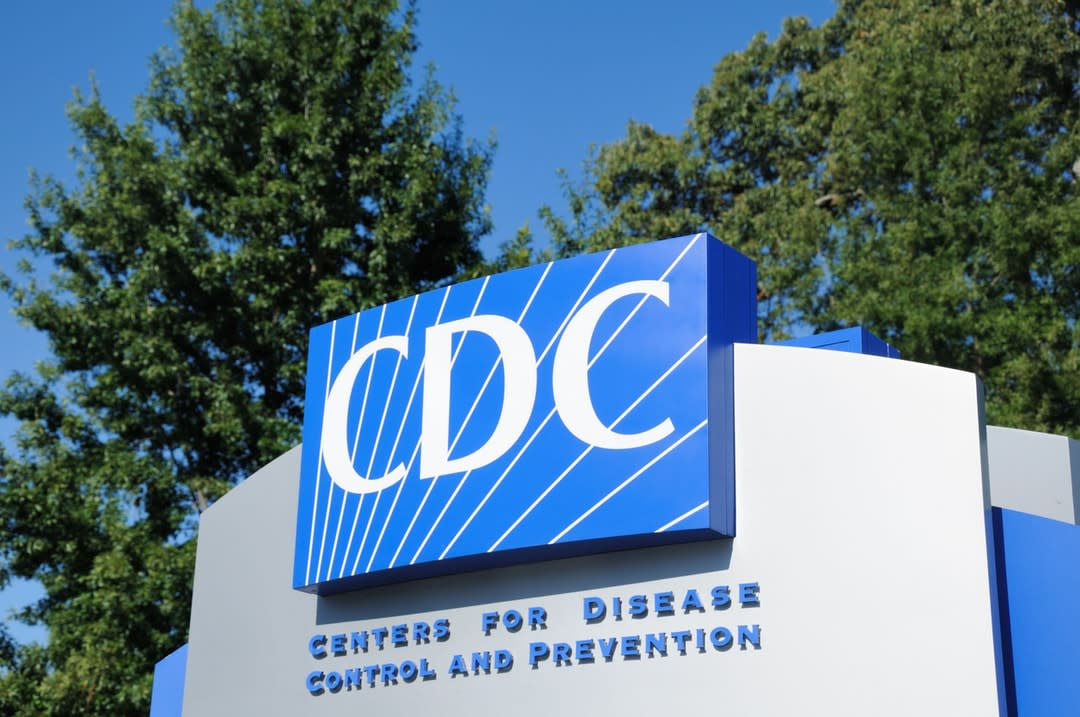Coronavirus pandemic: The case for a decentralised national model for infectious diseases management
When dealing with a pandemic, we now know that multi-sectorial and coordinated responses work. Recently, the Victorian government added to its public health capacity by announcing five suburban contact tracing hubs for metropolitan Melbourne, emulating the state’s regional response units and the NSW model.
When it comes to recent calls for a US-like Centers for Disease Control (CDC) it would be wise to remember the concerns with over-centralisation in any planning for a national infectious diseases preparedness institute. And given we're the only OECD nation without one, it’s likely the discussion won’t go away.

In Australia, a single centralised institute dedicated to infectious diseases and potential future pandemics just wouldn’t work. Such an entity, newly established, would lack the people and knowledge to cover the broad range of possible threats. The 75-year-old CDC, with its US$6.5b budget, was not up to the task of ameliorating the COVID pandemic in the US. Indeed, a single CDC-like body in Australia represents a vulnerable single point of failure.
What's needed instead is a truly national consortium of experts in epidemiology, statistical analysis, outbreak management, communications and community management, as well as researchers, clinicians and nurses.
We already have such an organisation in an embryonic form in the National COVID-19 Clinical Evidence Taskforce, which looks at all the scientific information being published, on a daily basis, and informs the government on everything from new treatments and vaccines to advice on PPE. It's an agile, fast-to-react body that has experts from around Australia interpreting new information and disseminating advice to state and federal governments.

In the event of another pandemic, or even a local epidemic, we'll need a group of experts – from scientists to those in manufacturing and the law – to advise the government(s) on how to contain and control any outbreak.
And remember, the next pandemic may not be a coronavirus such as COVID-19. There are many, many infectious diseases – tuberculosis, sexually-transmitted diseases, mosquito-borne diseases such as dengue and malaria, water-borne and microbial diseases. Like COVID-19, all it takes is for a genetic mutation and the right environment, and the next hard-to-control disease could be on our doorstep.
So, we need experts in all these fields. And, as some of the potential pandemic candidates are tropical diseases, we need to have these experts in northern Australia and regional areas, and not just in the medical research hubs of major cities such as Melbourne and Sydney.
The US CDC model is already under a cloud. How did things go so badly wrong?
Despite having the best-funded medical research ecosystem and the highly regarded CDC, a leadership vacuum negated all of these advantages. For Australian audiences, the lesson is that a centre for disease control simply by its existence doesn't guarantee better outcomes. Instead, we need to think about how the current existing capabilities can be better joined up.
Let’s look to other countries that got their pandemic response right. South Korea and Taiwan, both with huge amounts of exchange with China, did testing early and well, combined with extensive contact tracing and isolation. We can model any future pandemic responses better by looking to those that have succeeded, rather than to the CDC, which has clearly not.
Australia doesn't need another bricks-and-mortar institute that silos a group of experts in one corner of the country. Instead we need a modern virtual institute, with multiple hubs across all states and territories of Australia.
In Australia, we have the geographic advantage of having a (albeit very large) border that can be monitored. We have experts in infectious diseases, epidemiology, vaccines, bacterial and viral infections, public policy, the law, molecular biologists, communications, biostatistics, taking new discoveries from the lab bench to the clinic, and even architects and town planners that can advise on how to make our cities and buildings safer.
We already have public health experts who have been seconded to government health departments to assist with COVID-19, so there's a pool of expertise with both clinical and research experience who also have first-hand experience of dealing with the rapid responses needed to take testing, contact tracing and isolation measures.
The current deputy chief health officer in Victoria is Monash University’s Professor Allen Cheng, who, with more than 20 other Monash University expert staff, hav been or are seconded to the Department of Health and Human Services to deal with COVID. That is an enormous body of expertise.
Australia doesn't need another bricks-and-mortar institute that silos a group of experts in one corner of the country. Instead we need a modern virtual institute, with multiple hubs across all states and territories of Australia – regional and metro, covering all aspects of infectious disease control, from genetics to public policy and legislation.
The past eight to 10 months have given us the opportunity to know what we do and do not need to tackle a pandemic. It’s a vast pool of expertise, and it would be wise to ensure we take advantage of all of it.





